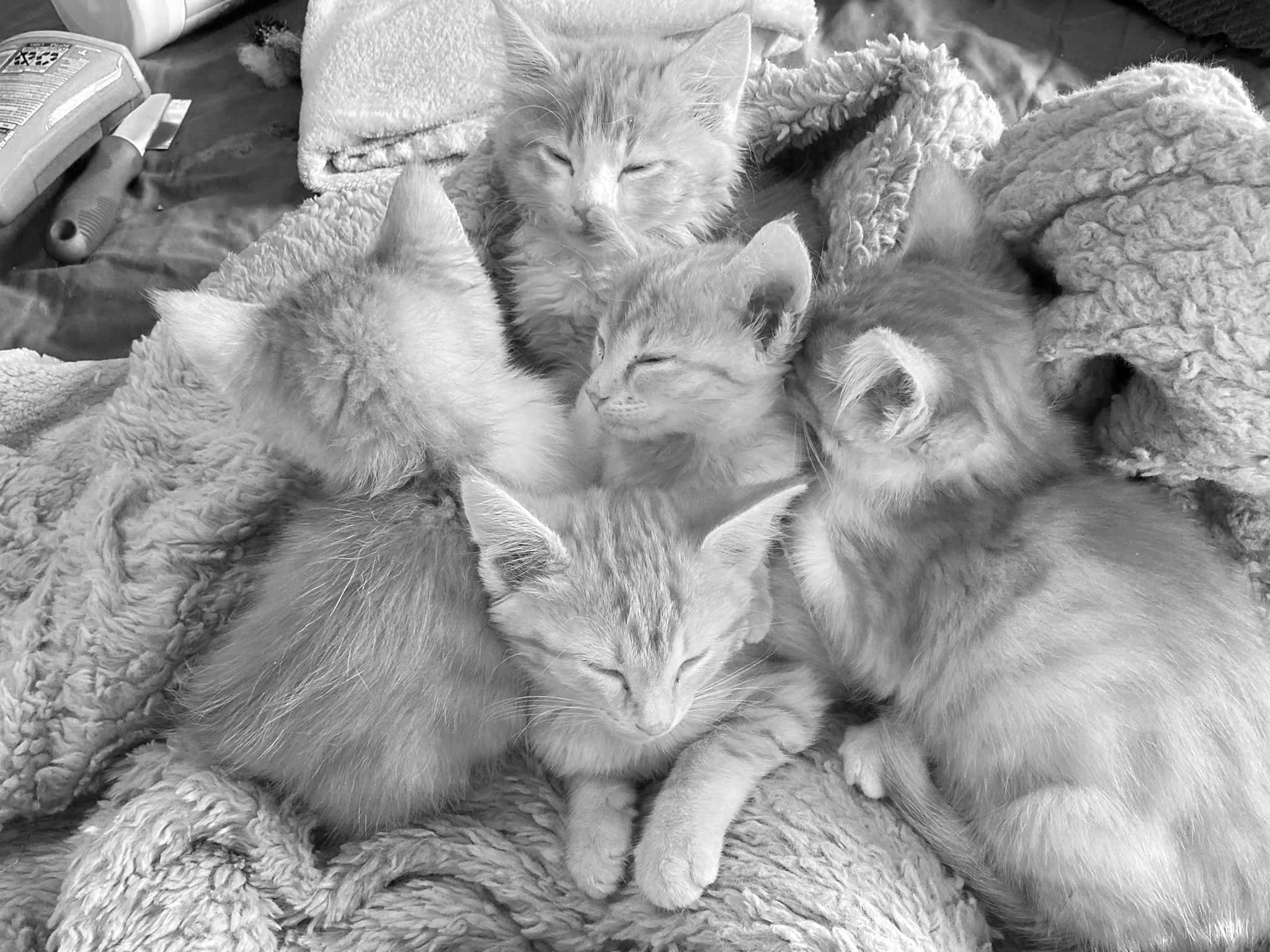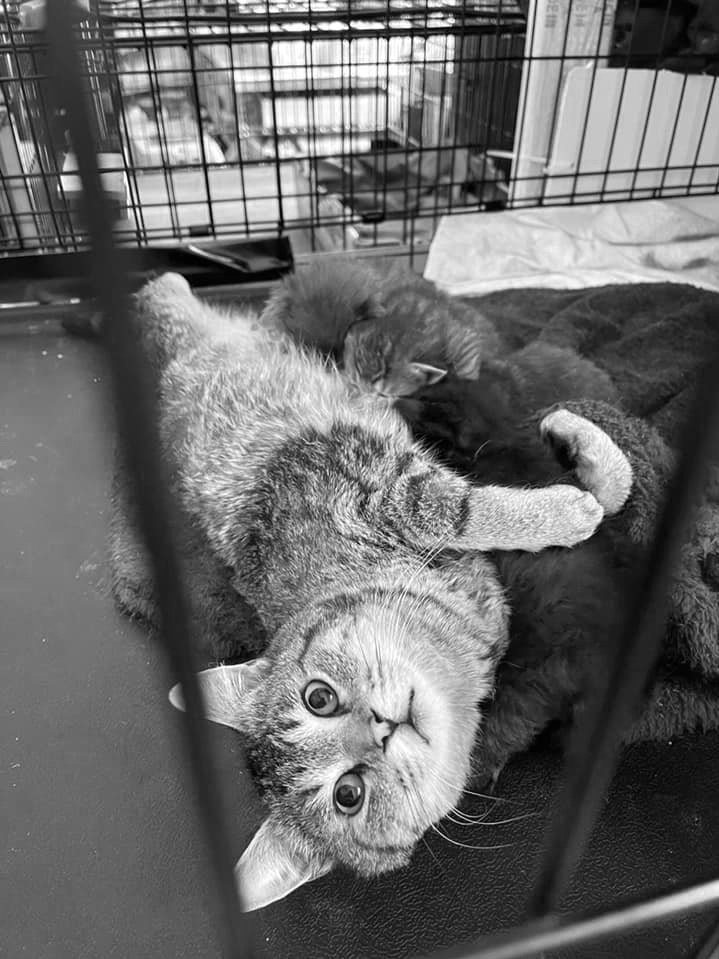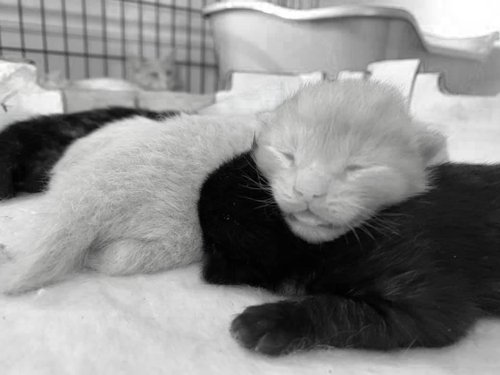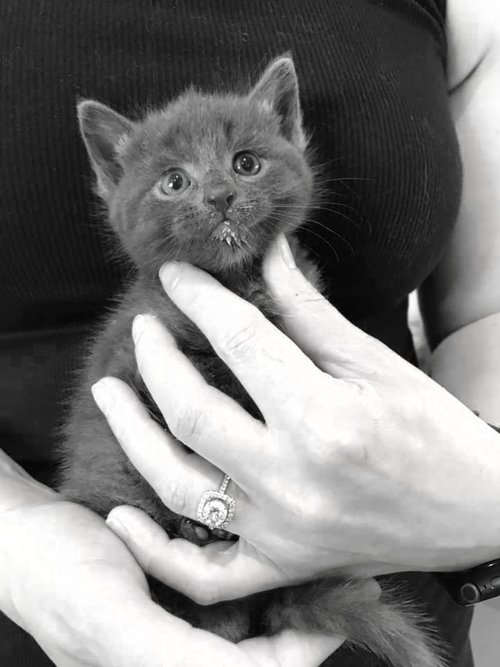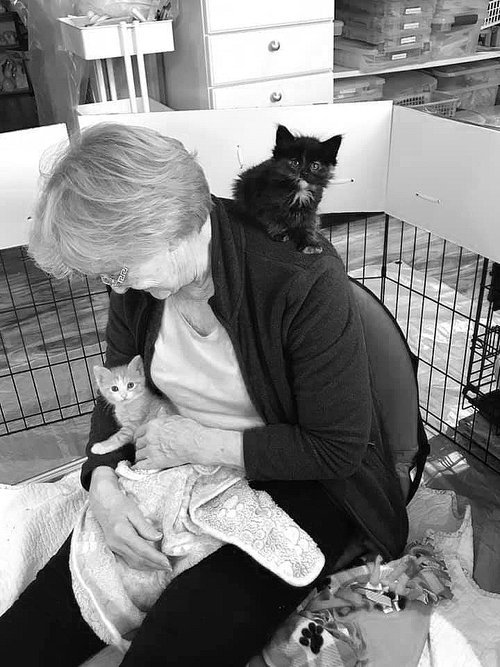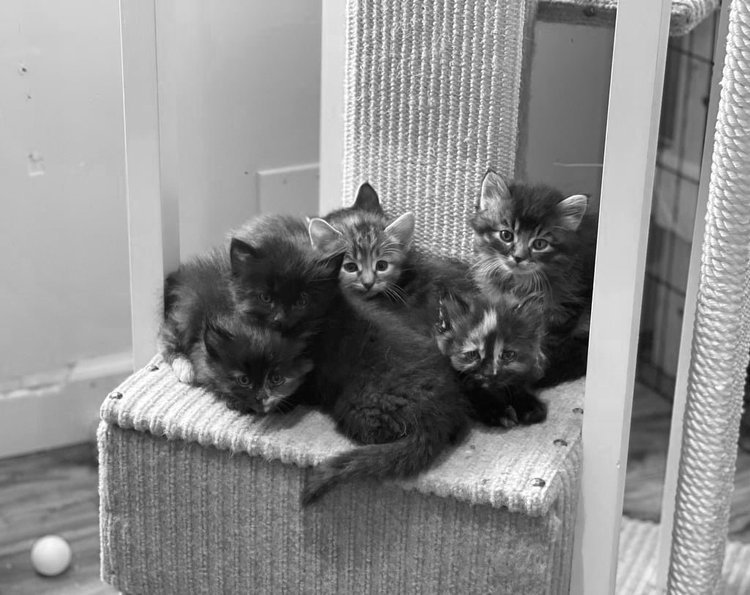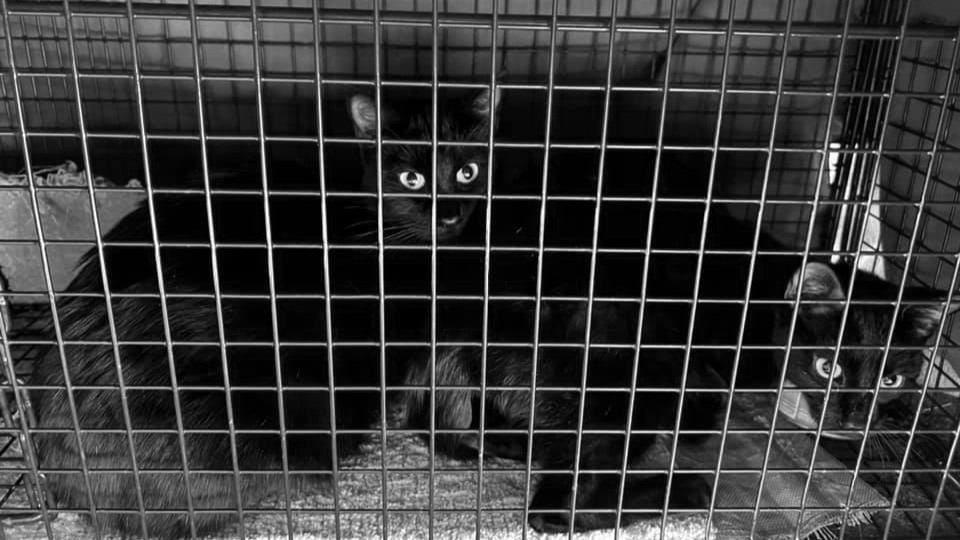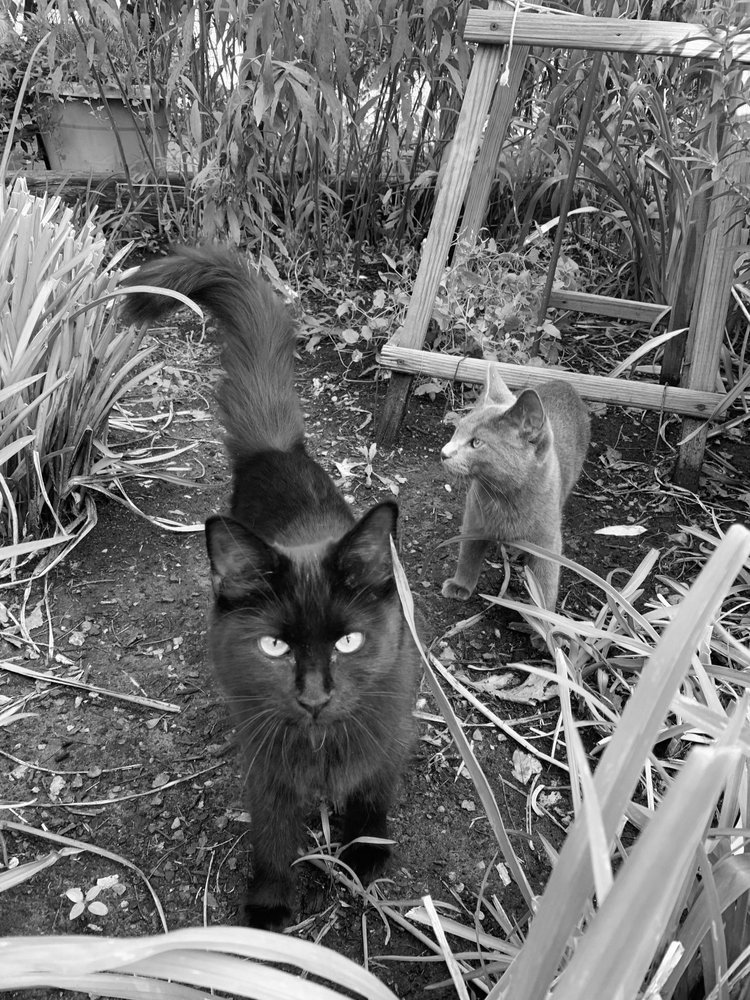A look inside the Felius Maternity Ward
Q&A with Felius Volunteer and Maternity Ward Owner, Rachel Sutko.
We asked Rachel Sutko (who has been a superstar volunteer with Felius Cat Café & Rescue since April 2019) all about the infamous Maternity Ward as well as her experience working in our TNR program. She shared her insight and experience helping feral moms and hand-raising countless newborn kittens.
Q: What is your favorite part about fostering for Felius?
A: Saving kittens who are found alone without siblings or a mother, getting them healthy, seeing their little personality bloom, and finally get adopted. Without doing this, these solo kittens would not make it on the streets.
Q: What is a Felius cat or kitten (current or past) that has a special place in your heart?
A: Eve was found with her four other siblings. All five kittens in this litter were solid black. They didn’t have a momma. Eve was the tiniest of them (250 grams) but she was the biggest fighter. She and her siblings would go with me to work so I could syringe feed them every two hours. Seeing her little feisty personality come out was so rewarding. Because she was bottle fed she LOVED her people. Due to her small size she could fit between the bars of her kennel, and would often escape her pen to run downstairs and sleep with her humans. Unfortunately, she didn’t make it and passed away one night in her sleep. I cared for her for six weeks. Without being in foster care, she would not of had a fighting chance or received love and medical treatment for as long as she was with us.
Q: What types of cats enter the Maternity Ward?
A: Majority of the cats that come to the maternity ward are pregnant feral cats. These cats are not able to be touched, but sometimes we get a friendly feral— that’s a treat!
Q: What is the Maternity Ward setup?
A: We have large kennels set up for each cat. We currently have enough space for eight mothers and/or litters. Each kennel has a nesting box with a heating pad, a food and water station, litter area, and a play area.
Q: How do you keep yourself safe when working with feral cats?
A: I am always on guard with feral cats. It takes about a week before they learn that I am just there to take care of their needs and won’t invade on their space. I treat each cat individually. I can retrieve some babies for weighing and inspection the day that they are born, and in extreme situations I have to wait a week to inspect the babies. It’s all on momma cat’s terms.
Q: How do ensure kittens are socialized with humans?
A: There isn’t much that needs to be done with kittens until four weeks of age. They are handled on an almost daily basis for weighing and the occasional deworming. Once the kittens are up and exploring their pen, we add toys for them to play with. As soon as they are curious enough we let them out to play away from mom. Once the babies are weaned we send them to other foster homes where they continue to be socialized and prepare for spay/neuter and adoption!
Q: Any advice for fosters considering working with feral cats?
A: It might sound intimidating, but it’s not— it’s the most rewarding experience. These mother cats typically have their babies on the streets or get spayed at the humane society. If you are willing to take a feral, you give that mother a secure place to have her last litter. We have all the supplies and advice you need to help successfully foster a feral mom and her babies. If you think you don’t know what you are doing, it’s ok! I can offer tons of support and advice to get you through your first feral foster!
Q: How do you determine if a cat is owned or whether they are a feral/community cat?
A: When someone reaches out for help with TNR, whatever cats I catch get taken in to get spayed or neutered and vaccinated. Just last week I caught a cat in my backyard that I took in for neuter. They determined he was already altered and checked for a microchip. There wasn’t one, and I returned him to my backyard.
Q: What is the process from planning to release of doing a TNR with Felius?
A: I begin the process by calling the person who has requested help to find out more about the situation. Once we have a plan, I take traps to the site on Sunday. Depending on how able the home owner is, I have them help to set traps and watch them. Once a cat is trapped, it is moved into the garage where it is a bit more climate controlled. Cats are then transported to the Nebraska Humane Society for altering and vaccinations Monday-Wednesday from 7:15am-9:00am. Pickup is the following day, same timeframe. I make sure there is food and water at the site and release that cats back to their colony. We continue the process until the job is done.
Q: What sort of vetting do sick community cats receive when trapped?
A: Depending on the sickness, I’ve had cats get antibiotic shots, flea medication, and wound treatment. In situations where the cat needs some time to recover, we will bring the cat back to a kennel inside to get well.
Q: Is there a particular TNR story that you’d be willing to share?
A: There was a colony of all black cats that were in rough shape that a Felius volunteer was working at. One cat in particular was taken into The Nebraska Humane Society for spay, and she came back as a nursing mother. It turned out that I had her baby (Hershey) who was also very sick. I brought her back to The Maternity Ward to recover. She was so lethargic that I was able to pick her up out of the trap and put her in the pen. She stayed with us for a month and gained a lot of weight. By the time I released her, she was still very spicy and fully feral.
Q: Any advice for volunteers interested in getting involved with TNR?
A: There is a lot of support within our small group of volunteers. Even if you don’t have a lot of time to invest, anything helps.

